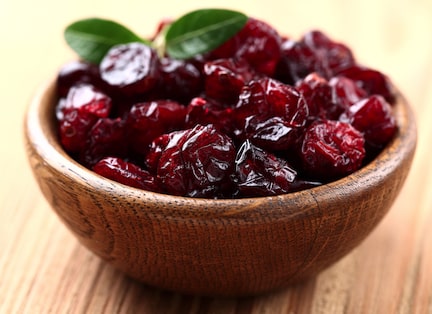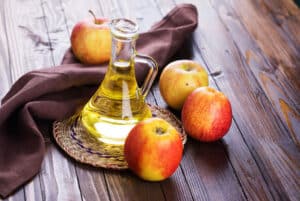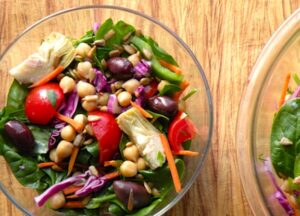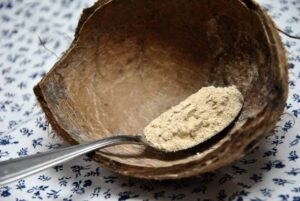Concentrated sources of natural sweetness and nutrients, dried fruits deserve a prominent place in the family snack pantry. All are excellent sources of dietary fiber and are filled with natural sugars, which, when added to cereals, baked goods, and trail mixes (or just eaten on their own), coax the palate to appreciate natural, rather than refined sweetness. Dried fruits are rich in minerals, notably iron, magnesium, phosphorus, and calcium. They contain varying amounts of vitamins A and C, depending on the fruit.
Many dried fruits available in supermarkets have been treated with sulfur dioxide, a gas that helps the fruits retain their color. Though this preservative is defined as GRAS (Generally Recognized as Safe) by the FDA, the process is done primarily for cosmetic purposes. Those who would like their dried fruits unsulfured would best purchase them in natural foods stores, where some of the packaged or bulk dried fruits are labeled as such.
Most of us keep raisins in our pantry, but consider other fruits available in dried form, including dates, prunes, apples, peaches, pears, papaya, mango, banana, figs, cranberries, cherries, and pineapple. Please choose organic forms of these fruits as often as possible. Here are a few ways to enjoy dried fruits on a regular basis:
As a snack: It almost goes without saying that most dried fruits are excellent as a naturally sweet snack, eaten out of hand, for children and adults alike.
In baked goods: Raisins, dates, and currants are commonly used in muffins and quick breads; for a change of pace, try using chopped apricots, peaches, pears, or prunes.
In trail mixes: Combine whole or chopped dried fruits with nuts and seeds to make high-energy snacks.
In cereals: Go beyond the commonplace raisins and use other dried fruits, chopped into small bits, to dress up both hot and cold cereals.
Stewed dried fruits: To plump dried fruits, cover them with hot fruit juice and let stand overnight in the refrigerator, covered. Try combining several types to make an interesting winter fruit compote to have for breakfast or dessert, topped with a dollop of low-fat vanilla yogurt or soy yogurt.
Fancy fruit salads: Add any kind of dried fruit (chopped or sliced if large) to fresh fruit salads for variety and texture.
Sweet side dishes: Combine dried fruits with sautéed sweet vegetables (carrots, winter squashes, sweet potatoes, or other root vegetables). Chopped pitted prunes, mission figs, cranberries, and raisins are especially good for this purpose.
- For lots more features on healthy lifestyle, explore VegKitchen’s Healthy Vegan Kitchen page.







Comments
No Comments